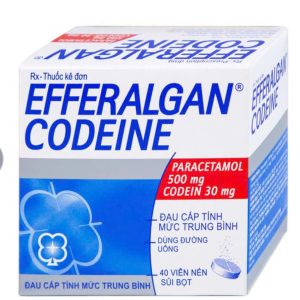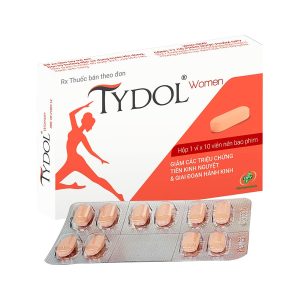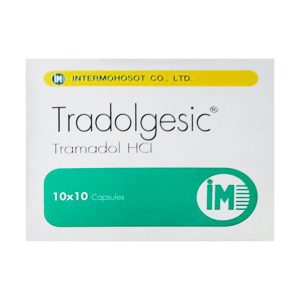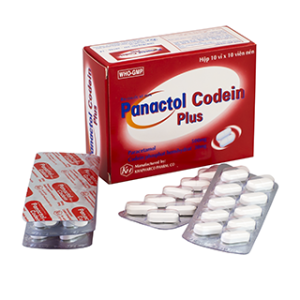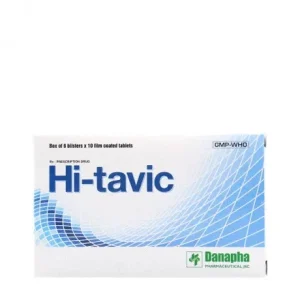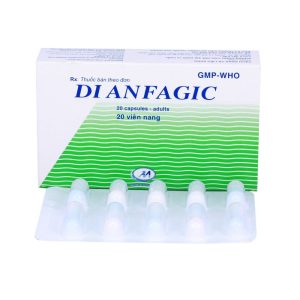We deliver to you every day from 7:00 to 23:00
The best discounts this week
Every week you can find the best discounts here.
How Do I Relieve Pain After a Workout?
After a good workout, it’s common to experience muscle soreness. This post-exercise pain, known as delayed onset muscle soreness (DOMS), typically appears 24-48 hours after exercise. While muscle soreness is a normal part of the fitness process, it can be uncomfortable. Thankfully, there are various methods you can use to relieve the pain and speed up recovery. In this article, we’ll explore effective ways to soothe your muscles and get you back to your routine faster.

What Causes Muscle Pain After a Workout?
The pain you feel after a workout is often the result of microtears in your muscle fibers. When you exercise, especially during strength training or intense physical activity, your muscles undergo stress. This stress causes tiny tears in the muscle fibers, which then heal and rebuild stronger. As this repair process occurs, you may feel soreness or stiffness.
While this type of muscle pain is usually temporary, it can be intense, especially if you’ve pushed yourself harder than usual. The good news is that there are several ways to manage and relieve muscle pain after a workout.
Stretching and Cooling Down
One of the most effective ways to reduce muscle pain after a workout is by stretching and cooling down. Cooling down allows your heart rate to return to normal and helps your muscles relax.
1. Static Stretching
After your workout, take some time to perform static stretching. This involves holding each stretch for 20-30 seconds without bouncing. Focus on the muscle groups that were worked the most during your workout. For example, if you worked your legs, stretch your hamstrings, quads, and calves.
Benefits of Static Stretching:
-
Helps increase flexibility
-
Relieves muscle tightness
-
Reduces the risk of injury
2. Dynamic Stretching
While dynamic stretching is usually done before a workout, it can also be helpful post-workout to keep the blood flowing to your muscles. This can involve gentle movements like leg swings or arm circles to mobilize your joints and muscles.
Foam Rolling
Foam rolling is an excellent way to reduce muscle soreness and improve blood flow to your muscles. Using a foam roller on sore areas can help break up muscle knots, release tension, and promote quicker recovery.
How to Use a Foam Roller:
-
Find a flat surface and place the foam roller under the muscle group that feels sore.
-
Slowly roll back and forth, pausing for 20-30 seconds on any tight spots or knots.
-
Apply gentle pressure, gradually increasing as your muscles loosen.
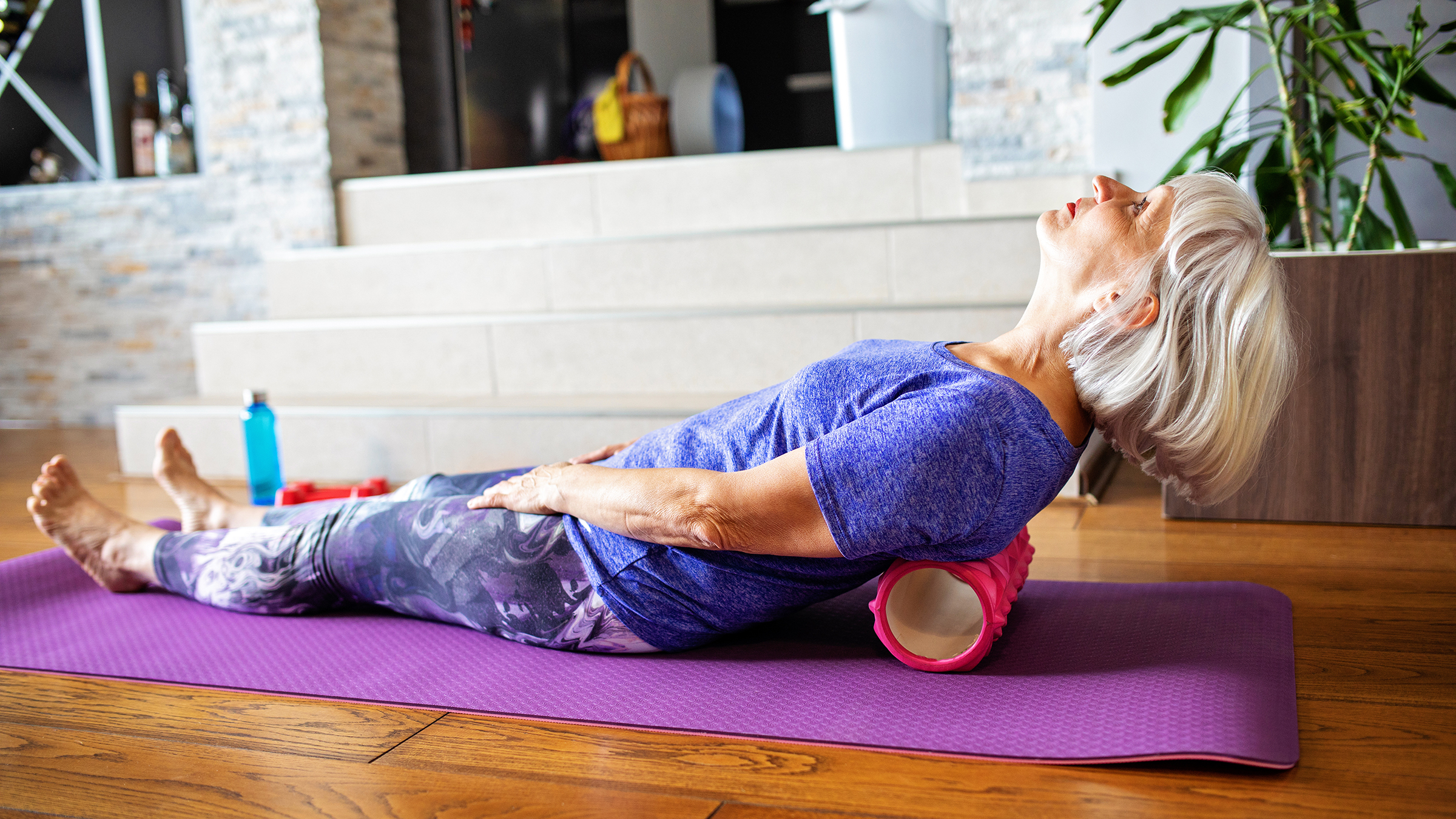
Foam rolling increases circulation, which can help remove metabolic waste products like lactic acid from the muscles. This process reduces stiffness and speeds up recovery.
Proper Hydration
Staying hydrated is one of the most essential aspects of muscle recovery. During a workout, your body loses fluids through sweat. Dehydration can lead to increased muscle soreness and cramps. Drinking plenty of water after a workout helps replenish lost fluids and maintain proper muscle function.
Electrolyte Drinks
For more intense workouts, you may also benefit from electrolyte drinks, which help replace lost electrolytes like sodium and potassium. These electrolytes are crucial for proper muscle function and can help prevent cramps and dehydration.
Rest and Recovery
While it may seem counterintuitive, one of the best ways to recover from muscle pain after a workout is simply to rest. Overworking your muscles without allowing them time to recover can lead to more pain and potential injury. It’s important to get adequate sleep and take rest days between intense workouts.
1. Sleep and Muscle Repair
Your body repairs itself during sleep, and this is when muscle recovery truly takes place. Aim for 7-9 hours of quality sleep each night to support muscle repair and growth.
2. Active Rest
On rest days, try active recovery—low-intensity activities like walking, light yoga, or swimming can help reduce muscle stiffness while keeping the blood flowing to your muscles.
Ice and Heat Therapy
Using ice and heat can also help relieve muscle soreness, though each serves a different purpose.
1. Ice Therapy
Ice therapy is ideal within the first 48 hours after intense exercise. Applying ice or using an ice pack on sore muscles can help reduce inflammation and numb the pain. Simply apply the ice for 15-20 minutes at a time, several times a day, during the initial recovery period.
2. Heat Therapy
Heat therapy is more effective after the first 48 hours. A warm bath, heating pad, or hot towel can help relax your muscles, improve circulation, and alleviate stiffness.
Topical Treatments
If you’re looking for a quick, targeted pain relief solution, consider using topical treatments like creams, gels, or balms. These products contain active ingredients such as menthol or capsaicin, which create a cooling or warming sensation that can soothe pain and discomfort.
1. Menthol Gels
Menthol gels are popular for their cooling effect, which helps to numb the area and relieve muscle soreness. Applying a menthol gel to sore muscles can provide instant relief after a workout.
2. Arnica Creams
Arnica is an herb that has been shown to help reduce bruising, swelling, and muscle pain. Arnica creams are an effective topical treatment for post-workout soreness.
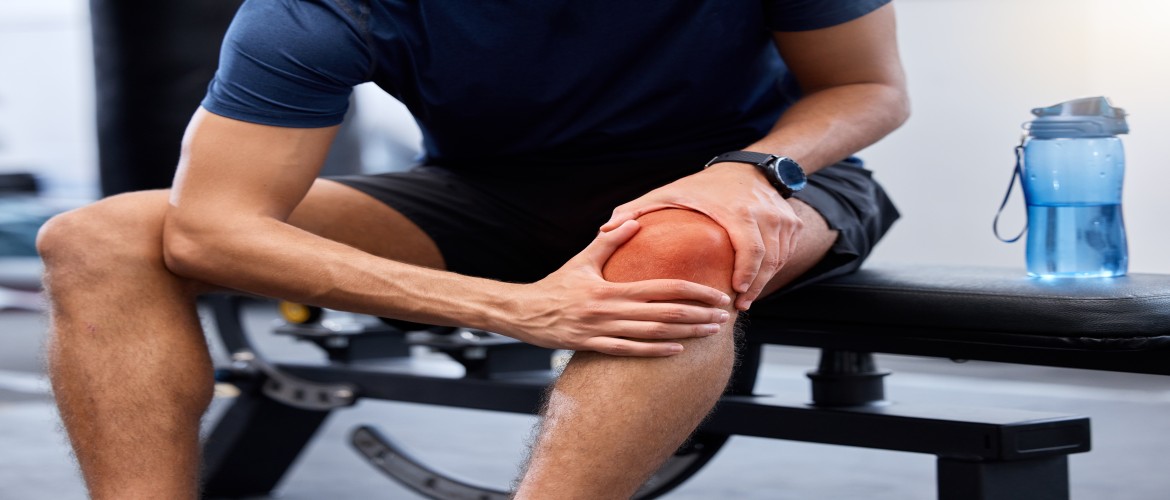
Anti-Inflammatory Supplements
Certain supplements can also help reduce inflammation and support muscle recovery. Omega-3 fatty acids, found in fish oil, are well-known for their anti-inflammatory properties. Turmeric, with its active compound curcumin, is another supplement that can aid in reducing inflammation and muscle pain.
1. Omega-3 Fatty Acids
Omega-3 fatty acids support the body’s anti-inflammatory response, which can help reduce the pain and swelling associated with sore muscles.
2. Curcumin (Turmeric)
Curcumin has been shown to have potent anti-inflammatory effects, making it a great option for those experiencing post-workout soreness.
Preventing Post-Workout Pain
While it’s impossible to completely avoid muscle soreness, there are several strategies you can use to prevent or minimize post-workout pain in the future:
1. Warm-Up Properly
Starting your workout with a proper warm-up increases blood flow to your muscles and prepares them for more intense activity. A good warm-up routine can significantly reduce the risk of injury and muscle soreness.
2. Gradually Increase Intensity
Avoid jumping into intense workouts without giving your body time to adjust. Gradually increasing the intensity of your workouts allows your muscles to adapt and reduces the risk of overtraining and soreness.
3. Cross-Training
Incorporating different types of exercise into your routine (such as a combination of strength training, cardio, and flexibility exercises) can prevent overuse injuries and reduce muscle strain.
FAQs About Post-Workout Pain
1. How long does post-workout pain last?
Post-workout pain typically lasts between 24 to 72 hours, with soreness peaking around 48 hours after exercise. However, the duration can vary depending on the intensity of the workout.
2. Should I work out with sore muscles?
It’s generally okay to exercise with sore muscles as long as the pain isn’t severe. Focus on light exercise or active recovery to help improve circulation and alleviate stiffness. Avoid high-intensity workouts until the soreness subsides.
3. Are there any foods that help with muscle recovery?
Foods rich in protein, vitamins, and minerals—like lean meats, eggs, and leafy greens—can support muscle repair. Additionally, consuming antioxidant-rich foods like berries can help reduce inflammation.
4. Can stretching prevent post-workout soreness?
While stretching can help improve flexibility and reduce tightness, it may not completely prevent soreness. Stretching after a workout can, however, help alleviate some discomfort.
Conclusion
Muscle soreness after a workout is a natural part of the fitness process. By incorporating strategies such as stretching, foam rolling, hydration, rest, and topical treatments, you can effectively manage and relieve post-workout pain. Additionally, focusing on prevention by warming up properly and gradually increasing the intensity of your workouts can help minimize future discomfort.
If you continue to experience persistent pain or discomfort, consider consulting a healthcare provider for further advice.

